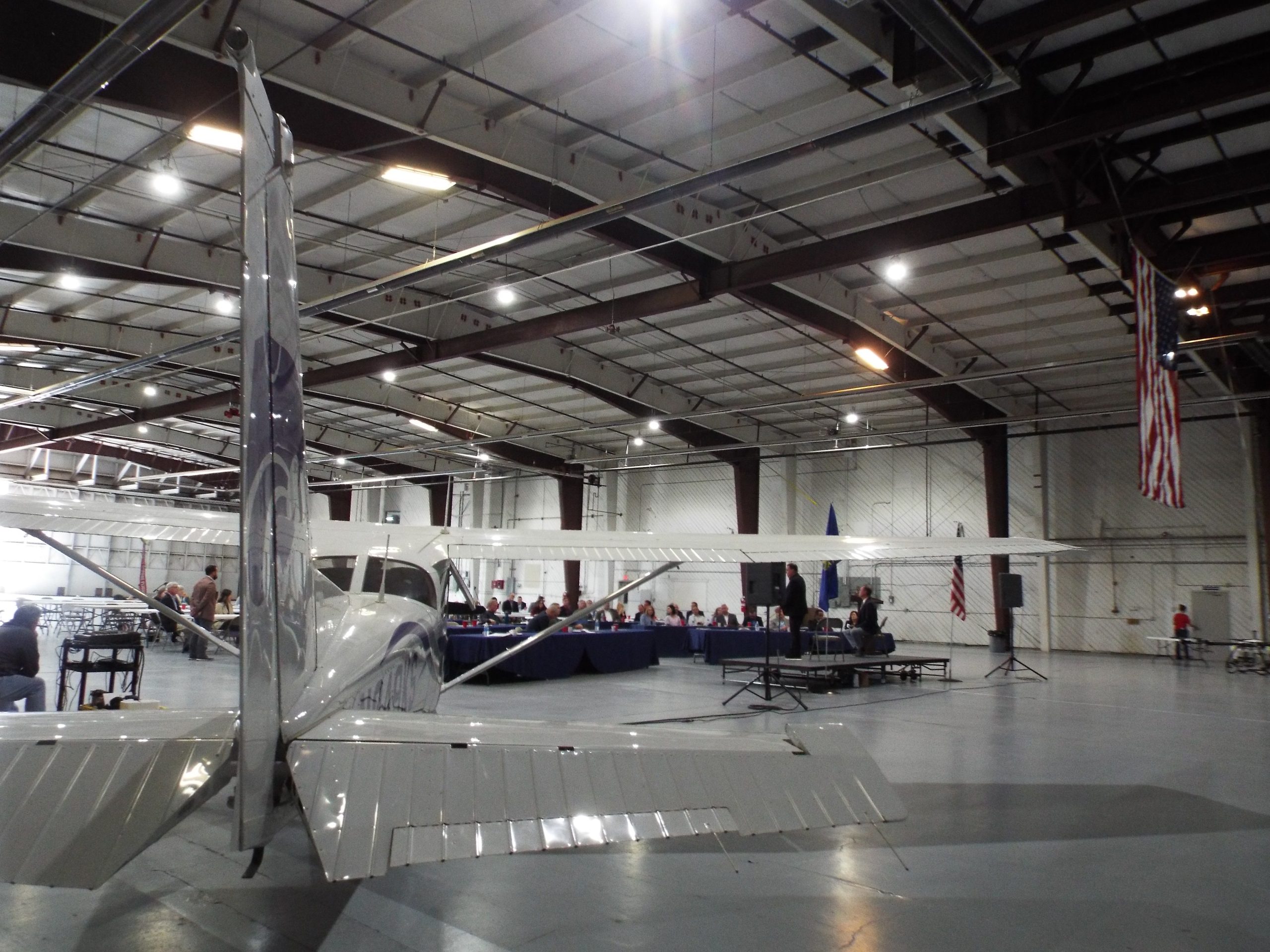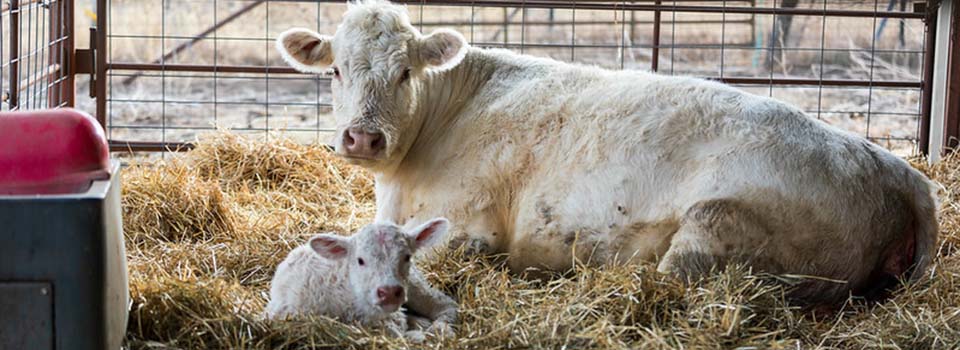The deputy regional administrator of the Federal Aviation Administration says her agency needs to do more work to educate the public on the pilot-less future of flight.
Deb Sanning spoke to a small crowd Monday at the Kansas Aviation Summit, which was held at the Salina Regional Airport. The summit was presented by Kansas State University’s Salina campus and organized by U.S. Rep. Tracey Mann to allow aviation representatives to provide updates on their work in the state.
Sanning oversees the central regional airports district, which includes Kansas, Iowa, Missouri and Nebraska. She said uncrewed flights, or those without pilots, are becoming more normalized on a wide scale as more aviation companies invest in electric propulsion systems and autonomous programs. Aviation companies are clamoring to utilize drones in nationwide flight paths, and she said the FAA is actively working to incorporate that request into its regulatory policies.
“We understand that the federal government is in this ‘crawl-walk-run’ stage when it comes to all these emerging technologies,” Sanning said. “You must know, this new era is huge. Some call it the next Kitty Hawk.”
During the summit, Textron eAviation president and CEO Kriya Shortt announced the company will conduct flight testing of its new electric vertical takeoff and landing system, called eVTOL, at Salina Regional Airport.
Flight testing is planned to begin next year, with Textron engineers utilizing an electric-powered aircraft called Nexus. The craft is a zero-emissions vehicle with four tilting propellers and two stationary vertical rotors, allowing it to be used for both cargo and passenger transport.
Shortt said the support and facilities provided by the Salina Airport Authority are “vital” as Textron engineers plan to test the remotely piloted program under various simulations and conditions. Headquartered in Wichita, the company owns several internationally known brands in the aircraft and industrial realms, including Cessna, Bell, Beechcraft, Lycoming and Arctic Cat.
Pieter Miller, executive director of Salina Airport Authority, said he is thrilled to support the Textron project. The Salina Airport Authority partners with K-State Salina and the National Institute for Aviation Research to allow flight testing and development conducted by industry professionals and offer uncrewed aviation courses to K-State students through the Applied Aviation Research Center.
With the proliferation of drones for commercial and agricultural applications, Sanning said she has received tons of questions from people about whether they could shoot down any drones they saw flying over their property, especially in rural areas. Now that UAVs are becoming more common, she said, more community engagement is needed to inform people of the changes coming to the aviation industry.
“I think there’s a lot of small communities who don’t have any idea that this is coming,” Sanning said, “and what are they going to do? They’re going to see these things flying around and wonder what it is.”
Sanning said she’s heard comments from people who are homeless and living under bridges about drones hovering around them.
“They’re afraid that they’re surveilling them, that they’re listening to their conversations,” Sanning said. “Community engagement and outreach is for everyone. This is something we’re integrating into our airspace, and we need to make sure that we’re communicating as much as we can with everyone.”
Sanning used an example from Dallas of community engagement surrounding drone activity. She said UAVs are being incorporated into the airspace over north Dallas, mostly for home delivery purposes. The homeowners and residents of north Dallas have complained to FAA administrators about the loud electronic hums emitted from the hovering drones.
“It’s a work in progress,” Sanning said.
_ _ _
Story via Kansas Reflector



